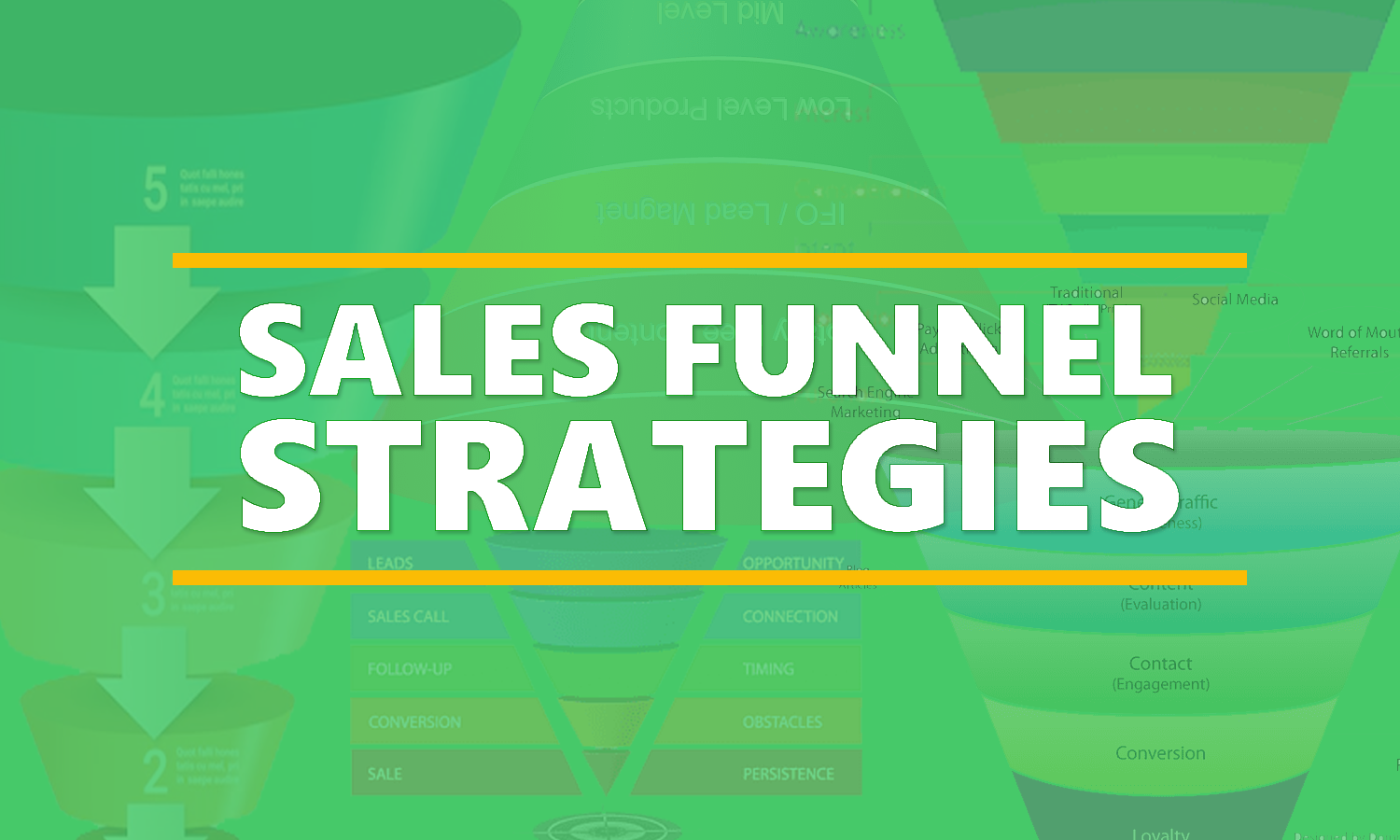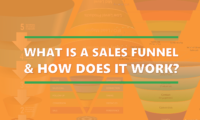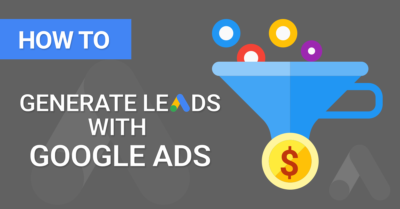The sales funnel strategies listed below are broken down into the various stages. Employing different marketing efforts around the different stages of a sales funnel can help to identify the initial goals of those marketing efforts.
For example, Are you running Google Ads to generate awareness? Or, are you perhaps remarketing to past customers in hopes to re-engage them?
Before we dig in to some of these strategies and tactics, let’s go over a brief definition of what a sales funnel is. There is also a link below if you want to do a deeper dive into the various sales funnels.
Sales Funnel Definition
A sales funnel is a customer journey mapping process that helps guide prospects through the various stages of a sale. It typically starts with awareness, moves to consideration, then moves to action and finally advocacy/retention. It is important to create an effective funnel that can help convert prospects into customers and also retain them for repeat purchases. To learn more about the different types of sales funnels, please read what is a sales funnel and how does it work.
Why Are Sales Funnel Strategies Important?
Sales funnel strategies are important because they help businesses understand and guide potential customers through the purchasing process, from initial awareness to final conversion. By identifying and addressing potential roadblocks or friction points at each stage of the funnel, businesses can improve their conversion rates and ultimately increase revenue. Additionally, sales funnel strategies can help businesses better target their marketing and sales efforts, and make data-driven decisions to optimize their sales process.
Without further ado, here is an ever-growing list of sales funnel strategies for different stages.
Awareness Stage Strategies
- Advertising: businesses can use traditional or digital media to advertise their products or services to potential customers. This can include TV, radio, print, or online ads. Further reading: Best Places to Advertise Online
- Public relations: businesses can use public relations techniques to generate positive media coverage and build relationships with their customers and other stakeholders. This can include press releases, media events, and social media outreach.
- Content marketing: businesses can create and share valuable, relevant, and consistent content to attract and retain a clearly defined audience. This can include blog posts, videos, infographics, and social media updates. Further reading: Content Marketing Institute
- Social media: businesses can use social media platforms to engage with customers and promote their products or services. This can include creating a company page on platforms like Facebook, Instagram, and Twitter, and regularly posting updates and interacting with followers. Further reading: Social Media Strategies
- Partnerships and sponsorships: businesses can partner with other organizations or sponsor events to reach new audiences and create awareness for their brand. This can include sponsoring a local sports team, partnering with a non-profit organization, or hosting a branded event. Further reading: Sponsorship Strategies
Consideration Stage Strategies
- Offering free trials: businesses can encourage potential customers to consider their products or services by offering free trials. This allows customers to try out the product or service before committing to a purchase.
- Providing demos or samples: businesses can provide demonstrations or samples of their products or services to help potential customers understand how they work and what they can expect.
- Highlighting customer reviews and testimonials: businesses can use customer reviews and testimonials to help potential customers understand the value and benefits of their products or services.
- Offering financing or payment plans: businesses can make it easier for potential customers to consider their products or services by offering financing or payment plans.
- Providing comparison information: businesses can help potential customers compare their products or services to similar offerings from competitors by providing detailed comparison information.
- Offering money-back guarantees: businesses can offer money-back guarantees to help potential customers feel more confident about making a purchase.
- Providing in-depth product information: businesses can provide detailed product information and specifications to help potential customers understand the features and benefits of their products or services. This can include product manuals, data sheets, and technical specifications.
Action Stage Strategies
- CTA’s: Create effective calls-to-action on website and social media posts to guide customers to the desired action.
- Incentives: Provide incentives for taking action such as discounts, free shipping or giveaways.
- Make it easy for customers to take action by providing clear instructions and options.
- Automation: Develop an automated marketing system that triggers timely messages based on customer behavior like abandoned cart emails or post-purchase follow ups.
- Data analysis: Analyze data from customer purchases to determine what strategies are working and make adjustments accordingly.
Loyalty Stage Strategies
- Offerings: Offer exclusive discounts, deals and loyalty programs to reward customers for their loyalty.
- Surveys: Generate feedback surveys to gain valuable insights into customer preferences and experiences.
- Follow up communication: Personalize communications with customers through automated email campaigns or SMS messages tailored to their interests.
- Rewards program: Provide a rewards system that offers points for purchases which can be redeemed for discounts or other goodies.
- Customer service follow up: Follow up with customers to ensure they are satisfied with their purchase and offer additional support if needed.
Conclusion
There are are myriad of strategies you can take to improve your marketing efforts. I think it is important to use the framework of a sales funnel when considering different tactics. This will help to focus your marketing efforts on very specific stages of a sales funnel with the ultimate goal of acquiring long-term customers.
I hope these sales funnel strategies helped you get the creative juices flowing. I will be continuously adding additional strategies and tactics as I come across them so keep this post bookmarked.




